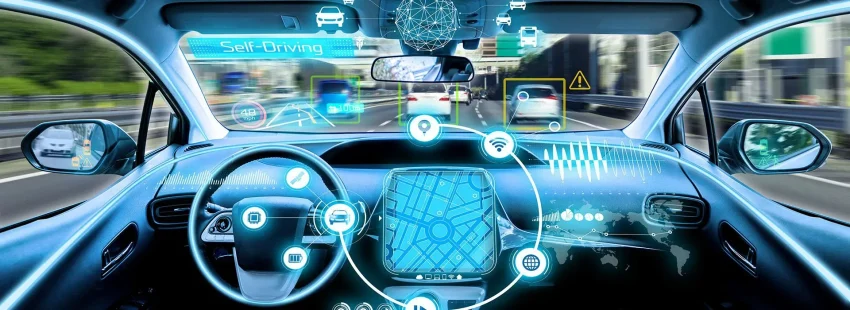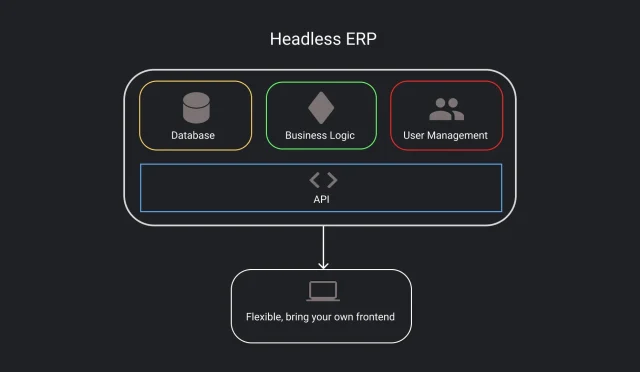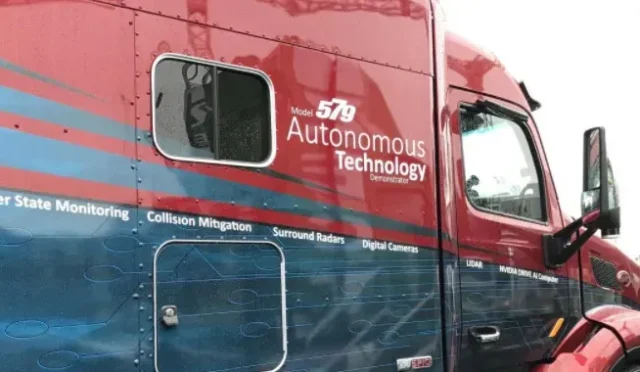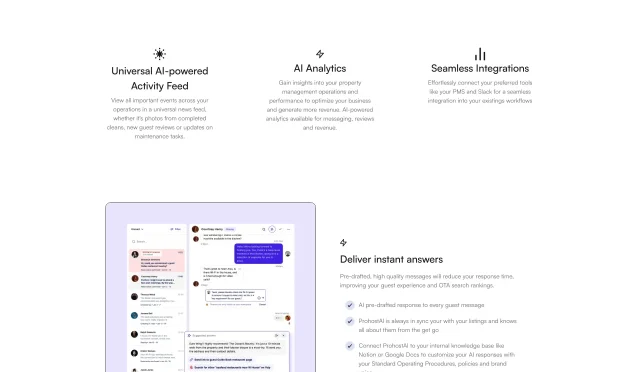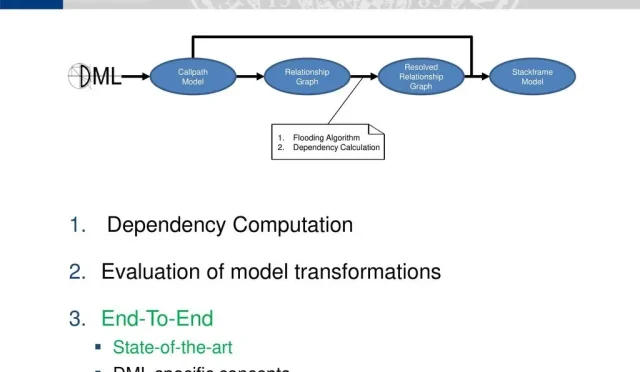Autonomous vehicle research is at the forefront of revolutionizing how we approach transportation and mobility. With advancements in driving simulation technologies, researchers are now able to create more accurate and realistic environments to test autonomous driving applications. Our cutting-edge platform empowers users to harness soft-body physics, enabling detailed modeling that reflects real-world conditions. Additionally, our infrastructure supports comprehensive ADAS testing, making it possible to refine and validate safety features in vehicles effectively. By utilizing real-time simulation, researchers can iterate quickly on their designs, driving innovation within the autonomous vehicle sector.
In the evolving realm of self-driving technology, innovative research plays a pivotal role in shaping the future of mobility. Vehicle automation studies are increasingly employing advanced driving simulators to foster groundbreaking developments in autonomous driving solutions. Using sophisticated physics models, researchers can meticulously test vehicle dynamics and performance in various simulated environments. Furthermore, the integration of model-in-loop testing enhances the reliability of advanced driver-assistance systems (ADAS) through real-time evaluations. This robust approach ensures that the challenges of modern roadways are met with effective solutions, paving the way for a safer and more efficient transportation landscape.
Advancing Autonomous Vehicle Research: A Comprehensive Approach
In today’s rapidly evolving automotive landscape, autonomous vehicle research has become a cornerstone for innovation within the transportation sector. By focusing on tailored solutions, we partner closely with researchers to enhance their development processes, ensuring the creation of cutting-edge tools that meet the distinct needs of each project. Our commitment to providing personalized collaboration significantly elevates the efficiency and effectiveness of research efforts, contributing major advancements in the autonomous driving arena.
Our unique approach emphasizes the importance of incorporating real-world dynamics into research projects. Through customized simulations, we enable users to explore various driving scenarios, allowing them to better understand the complexities involved in autonomous vehicle technology. This tailored configuration facilitates comprehensive evaluations and analyses, shaping the future of autonomous vehicle research in profound ways.
Harnessing Soft-Body Physics for Realistic Driving Simulations
One of the standout features of our simulation platform is the integration of soft-body physics, which allows us to create the most realistic driving experiences available. This physics model accurately replicates how vehicles respond to forces, collisions, and environmental interactions, thereby providing researchers with critical insights into vehicle behavior under diverse circumstances. Such realism is paramount for effective testing and validation of advanced driver-assistance systems (ADAS) and autonomous driving applications.
Beyond mere accuracy, our soft-body physics engine enhances user engagement through immersive experiences. Researchers can manipulate various parameters and observe real-time outcomes that mimic actual driving conditions, leading to more reliable data collection for analyses. This level of detail not only aids in producing significant findings but also fosters innovative solutions in the realm of vehicle dynamics and safety protocols.
Driving Simulation and ADAS Testing: A Seamless Integration
Our platform excels in the realm of driving simulation, particularly in facilitating advanced driver-assistance systems (ADAS) testing. By leveraging real-time simulations, users can create complex scenarios that effectively assess the functionality and reliability of ADAS technologies within various driving environments. This capability allows for thorough evaluations of system responses, promoting the development of safer autonomous vehicles.
Moreover, through our comprehensive suite of tools, researchers can integrate various driving scenarios, facilitating model-in-the-loop (MIL) testing that ensures the precision and adaptability of the developed systems. This streamlined integration of driving simulation enables researchers to correlate virtual data with real-world applications, significantly enhancing the credibility of their findings and pushing the boundaries of development in autonomous vehicle technology.
Real-Time Simulation: The Future of Vehicle Testing
Real-time simulation is at the forefront of our technology, allowing for dynamic testing and experimentation. This aspect is crucial in the development of both autonomous vehicles and driver training modules, as it enables researchers to conduct experiments that reflect immediate responses to varying driving conditions and traffic scenarios. The ability to simulate real-time decisions is essential for evaluating the effectiveness of autonomous driving algorithms.
Our platform provides a versatile environment in which researchers can manipulate numerous variables to observe how vehicles react in real-time. This flexibility not only promotes a deeper understanding of vehicle dynamics but also helps in refining algorithms and enhancing autonomous driving capabilities. Consequently, our commitment to real-time simulation positions us as leaders in facilitating advancements in autonomous vehicle research and development.
Customizable Vehicle Models: Enhancing Research Flexibility
Customization is a key feature of our simulation platform, empowering researchers to create specific vehicle models for their projects. This flexibility allows teams to explore various layouts and calibrations, which are essential in the contexts of driving simulation and ADAS testing. Customizable vehicles support tailored applications, whether for academic research or commercial use, enabling precise evaluations of different vehicle dynamics.
Moreover, with the capacity to easily modify vehicle subsystems, researchers can experiment with any configurations, enhancing the realism of simulations. This attention to detail ensures that all aspects of vehicle behavior can be accurately assessed, paving the way for comprehensive research outputs. Customization ultimately drives forward innovation by allowing researchers to focus on the intricate details that matter most in autonomous vehicle development.
Enhancing Traffic Simulation in Autonomous Driving Training
Traffic simulation plays a pivotal role in enhancing the effectiveness of training applications for autonomous vehicles. By providing realistic traffic scenarios, our simulator equips researchers with the ability to test how vehicles will interact in environments filled with dynamic obstacles and varied driving behaviors. This is critical when evaluating the decision-making algorithms used in autonomous driving technology.
Incorporating realistic traffic models leads to improved outcomes in training programs, as researchers can identify how various configurations affect vehicle safety and performance under actual traffic conditions. This real-world relevance ensures that the results obtained from simulations can be translated into actionable insights, driving further developments in autonomous vehicle technology and contributing to safer driving environments.
Data Acquisition through Advanced Sensor Integration
The development of autonomous vehicles relies heavily on accurate data acquisition, and our platform offers advanced sensor integration for this purpose. By utilizing a variety of sensors within our simulation framework, researchers can collect vital data that informs the training and testing of autonomous systems. This includes information from Lidar, cameras, IMUs, and more, providing a holistic understanding of vehicle performance.
Our open-source Python interface streamlines the data acquisition process, equipping researchers with the tools they need to analyze sensor outputs effectively. The integration of multiple sensor types allows for comprehensive analyses, improving the fidelity and applicability of research findings. Through our advanced data acquisition capabilities, we empower researchers to push boundaries in autonomous vehicle innovation.
Innovative Environments for Comprehensive Vehicle Assessment
The range of environments we offer is designed to support comprehensive vehicle assessments through diverse simulation scenarios. From urban landscapes to rural highways, each environment challenges the vehicle systems in unique ways, enabling detailed evaluations that inform the development of next-generation autonomous technologies. These environments provide realistic driving experiences that facilitate effective data collection.
By allowing researchers to explore various terrains and traffic conditions, our platforms ensure that assessments conducted in simulation are applicable to real-world settings. This level of thorough exploration is essential for pushing the forefront of autonomous driving research, enabling the development of systems that perform accurately across a spectrum of conditions.
The Future of Autonomous Vehicle Research and Education
As we look to the future of autonomous vehicle research, our platform stands ready to support both industrial innovation and academic excellence. By integrating cutting-edge simulation technologies with hands-on educational experiences, we empower the next generation of engineers and researchers to explore the intricacies of vehicle dynamics and autonomous driving technologies in depth. This sets the stage for transformative advancements in the industry.
Educational institutions leveraging our simulation platform benefit from the immersive experiences that reinforce theoretical concepts, fostering a deeper understanding of vehicle systems. As experts emerge from these programs, they will drive sustainable progress in autonomous vehicle technology, ensuring that future solutions are informed, innovative, and reflective of real-world challenges.
Frequently Asked Questions
What are the benefits of using driving simulation in autonomous vehicle research?
Driving simulation plays a crucial role in autonomous vehicle research by providing a controlled environment to test various driving scenarios safely. With advanced features like soft-body physics and real-time simulation, researchers can analyze vehicle behavior under different conditions without the risks associated with real-world testing. This fosters innovation and accelerates the development of autonomous driving applications.
How does soft-body physics enhance the testing of autonomous driving applications?
Soft-body physics allows for the simulation of realistic vehicle dynamics, weight distribution, and damage modeling. In autonomous vehicle research, this level of detail helps engineers and researchers understand how vehicles react in complex driving scenarios, enabling more effective testing of autonomous systems and improving overall safety and performance.
What is Model-in-Loop (MIL) testing and its importance in ADAS and autonomous vehicle research?
Model-in-Loop (MIL) testing is a critical component of ADAS and autonomous vehicle research. It enables researchers to integrate virtual models of vehicles into simulations, allowing for faster and more flexible testing of autonomous driving systems. This approach facilitates the validation of algorithms and hardware components, ensuring that they perform correctly under various simulated conditions.
How does BeamNG.tech support real-time simulation for autonomous driving applications?
BeamNG.tech offers a unique real-time simulation environment specifically designed for autonomous driving applications. By utilizing its advanced soft-body physics engine, this platform provides realistic feedback during testing, allowing researchers to evaluate vehicle responses in various scenarios. This leads to more accurate data collection and analysis, ultimately enhancing the development of autonomous technologies.
What types of vehicles and environments can be utilized in driving simulation for autonomous vehicle research?
In driving simulation for autonomous vehicle research, BeamNG.tech provides a wide range of customizable vehicles, including electric and traditional models. Additionally, the platform features diverse environments, from urban settings to rural landscapes. This combination enables researchers to simulate various traffic conditions and terrains, improving the reliability of their autonomous driving applications.
How does BeamNG.tech facilitate ADAS testing with its simulation tools?
BeamNG.tech supports ADAS testing by incorporating comprehensive simulation tools that allow researchers to create realistic scenarios for vehicle interaction. Utilizing its detailed soft-body physics engine and customizable vehicle models, developers can simulate real-world conditions, enhancing the validity of ADAS algorithms and improving overall system performance in autonomous driving.
What role do sensors play in enhancing autonomous vehicle research simulations?
Sensors are essential for enhancing simulations in autonomous vehicle research. BeamNG.tech provides extensive simulated sensor capabilities such as cameras, LiDAR, and ultrasonic sensors, all integrated into its simulation environment. This allows researchers to gather critical data for training and testing machine learning algorithms, improving the accuracy and efficiency of autonomous vehicle systems.
How can researchers customize their simulations in BeamNG.tech for autonomous vehicle applications?
Researchers can customize their simulations in BeamNG.tech through a range of editors designed for scenario and vehicle modification. This includes adjusting vehicle dynamics, creating unique driving environments, and implementing specific vehicle behaviors. Such flexibility allows for targeted research in various aspects of autonomous vehicle technology and driving simulations.
| Aspect | Details |
|---|---|
| Tailored Solutions | Partner with researchers and institutions for personalized development of autonomous vehicle research tools. |
| Technology Overview | BeamNG.tech is a versatile simulator with a proprietary physics engine for diverse driving simulations. |
| Soft-Body Physics | Accurate simulation of driving dynamics, damage models, and real-world challenges faced by drivers. |
| Areas of Application | Suitable for ADAS, model-in-loop testing, and driver training with customizable environments. |
| Data Acquisition | Comprehensive sensor simulation (camera, Lidar, IMU) for realistic data collection. |
| Customization Options | Wide range of vehicle models and detailed editors for scenario and level creation. |
| Traffic Simulation | Realistic traffic scenarios for enhancing the training and testing of autonomous driving. |
| Platform Showcase | BeamNG.tech empowers academic and industrial innovation through its simulation capabilities. |
Summary
Autonomous vehicle research is advancing rapidly with platforms like BeamNG.tech that facilitate customized, realistic simulations. With its proprietary soft-body physics engine and comprehensive toolset, BeamNG.tech enables researchers to accurately replicate and analyze driving scenarios. This synergy of tailored solutions and detailed simulations offers immense potential for developing advanced driver-assistance systems and enhancing driver training applications.

